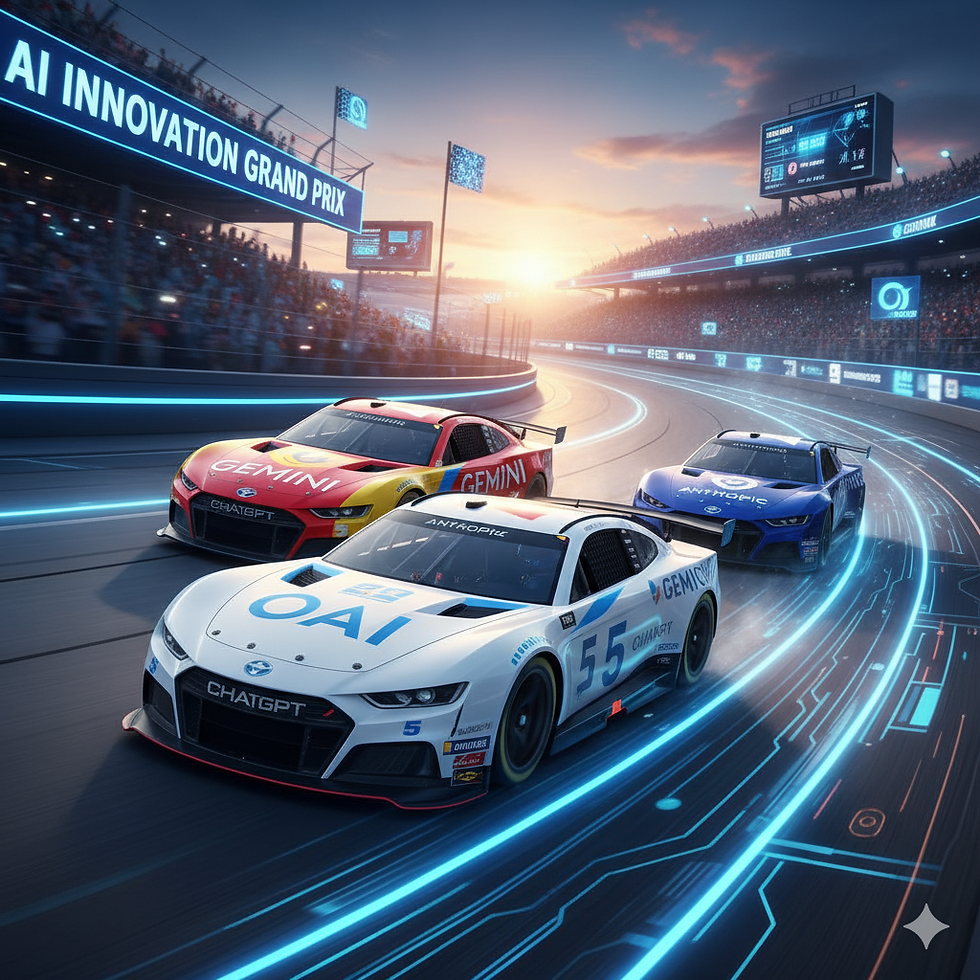Physical AI: The Hardest Frontier
- Niv Nissenson
- Oct 23
- 2 min read

At a recent Google-hosted event on Physical AI startups, attended by Nvidia and several robotics innovators, one theme dominated: the digital AI revolution has overwhelmed the physical robotics world.
For decades, robotics evolved slowly, precise, industrial, and narrow. But the breakthroughs in large language models and generative AI have “overwhelmed” the field, triggering a scramble to merge intelligence with embodiment. As our imaginations regarding humanoid androids run wild reality is yet to catch up.
The challenge: robots don’t live on the internet. While LLMs train on trillions of text tokens, physical AI must learn from scarce and expensive multi modal data vision, audio, touch, gathered from sensors in the real world. Add to that: high capital costs for electric actuators and mobility systems, multi-sensor integration, and the need for edge AI (putting GPUs directly on the robots, not in the cloud). In short Physical AI is capital intensive, complex, slow and has unique challenges which is probably why most entrepreneurs, VCs and developers prefer software.
To fill the data gap, Nvidia and others are building massive simulation environments (named Cosmos) where robotic AIs can run millions of virtual scenarios. But even the best models face the persistent “sim-to-real” gap, what works in simulation often fails in the unpredictable physical world.
From Self-Driving to Self-Doing
The cautionary tales are familiar: Amazon Go retail stores are closing, and self-driving cars remain largely in pilot programs despite years of hype. Fully autonomous physical systems are proving orders of magnitude harder than digital ones.
Many of the online demos that appear to show “fully autonomous” robots are, in reality, tele-operated. At the event, speakers noted that Tesla’s bar-tending robots, for example, were guided by human controllers. The phrase "human in the loop" is now closely related to the term “babysitters” by Physical AI companies.
The consensus in the room: human-in-the-loop remains essential — for safety, adaptability, and oversight.
TheMarketAI Take
Physical AI is confronting the limits of scale that digital AI never had to face. Data scarcity, cost of hardware, and edge constraints make it inherently slower to evolve.
But there’s a path forward: specialization. Instead of building “general-purpose” robots, the next wave of Physical AI startups will likely focus on modular capabilities a best-in-class walking module, grasping module, or door-opening module that others can integrate.


